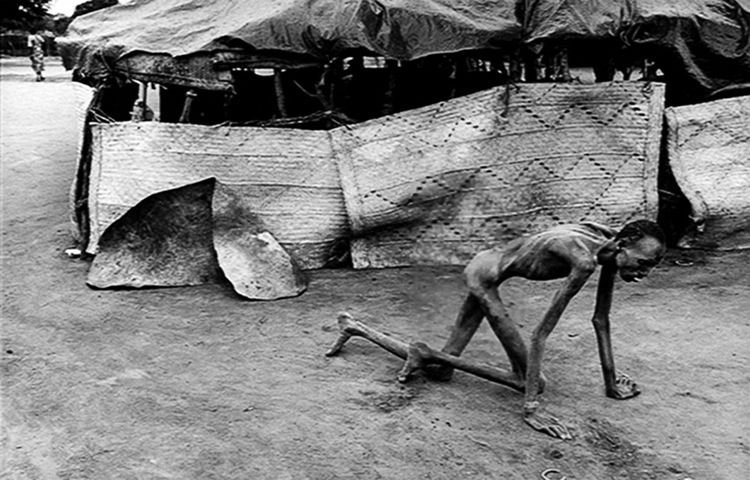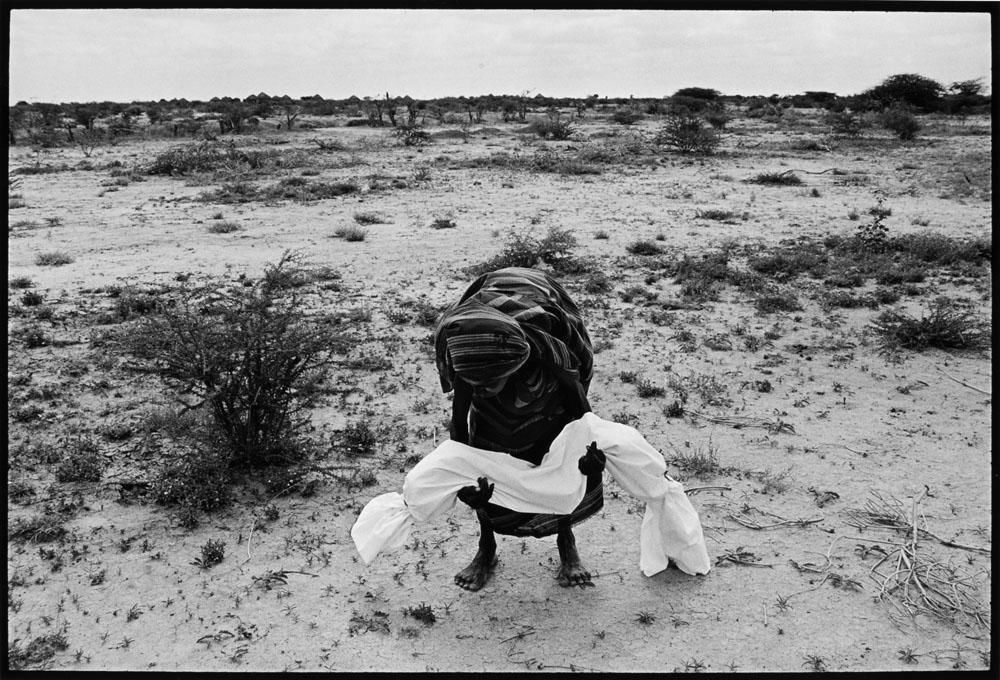“An Expedient and Dishonest Trade-Off by the UN in Darfur,” The Huffington Post
Eric Reeves, 6 September 2014 | http://www.huffingtonpost.com/eric-reeves/an-expedient-and-dishones-darfur_b_5776978.html
For years humanitarian organizations working in Darfur have been hampered by a range of restrictions imposed by the National Islamic Front/National Congress Party regime in Khartoum. One especially consequential restriction has been on the publication and promulgation of data bearing on humanitarian conditions. A 2011 Tufts University study (“Navigating Without a Compass: The Erosion of Humanitarianism in Darfur”) noted that:
Crucial information about the humanitarian situation is lacking. There are serious issues with the proper validation of the nutrition survey reports and their immediate release — without such data neither the government nor the international community can properly understand the severity of the humanitarian situation or the efficacy of the response.
We have long had a great deal of evidence that Khartoum threatens those who would speak out and quantify data concerning several subjects of particular regime concern: rape (which continues at epidemic levels), global mortality—and malnutrition rates. On all three counts, the regime is extremely sensitive to, and restrictive of, any accurate rendering of Darfur’s realities.
In the case of malnutrition, this had led to deliberate self-censorship by UN agency officials, which leaves not only UN agencies but nongovernmental humanitarian organizations struggling to allocate their limited and diminishing resources. The unambiguous confirmation of this grim reality was provided by Nils Kastberg, head of UNICEF in Sudan, in an October 2010 interview with Radio Dabanga (October, 20 2010):
[T]he Sudanese government “very often” bars the release of data on child malnutrition in Darfur. Sudanese security services have also hindered or delayed UNICEF’s access to camps in Darfur, [Kastberg said]: “Part of the problem has been when we conduct surveys to help us address issues, in collaboration with the ministry of health, very often other parts of the government such as the humanitarians affairs commission interferes and delays in the release of reports, making it difficult for us to respond timely.”
Khartoum is perhaps most sensitive about release of data reflecting the rates for what is technically known as Global Acute Malnutrition (GAM). GAM rates are a particularly revealing humanitarian indicator, and reveal the need for supplementary or therapeutic feeding of children under five. Indeed, so vulnerable is the population under five years of age to the effects of malnutrition that the “emergency level” for GAM is set a good deal below that for the general population. If 15 percent of the children under five in a region are acutely (or severely) malnourished, then there is a “humanitarian emergency.”
Last week (September 5) Nicholas Kristof of the New York Times published a remarkable internal UNICEF document whose contents had not been promulgated among the humanitarian organizations working in Darfur or those attempting to speak about what is still a major humanitarian crisis. The UNICEF document reveals shocking rates of malnutrition in Darfur and indeed Sudan as a whole. Among the grim highlights:
[1] In North Darfur 28 percent of children suffer from acute malnutrition — almost twice the UN’s “emergency” level;
[2] Moderate or severe wasting from malnutrition affects some 817,000 children in Sudan;
[3] More than 2 million Sudanese children are malnourished;
[4] “Severe wasting” affects five percent of the under-five population in Sudan as a whole. Two percent is typically the “emergency” threshold for Severe Acute Malnutrition (SAM) among children, which is fatal in some 20 – 30 percent of cases, even in hospital settings in developing countries (The Lancet, 2 December 2006).
Why would the UN withhold such data, particularly since humanitarian organizations are scrambling to make most efficient use of their increasingly limited resources? Why would the UN deny relief planners—and the broader humanitarian community—the fullest possible statistical account, especially for malnutrition? The answer has, unfortunately, long been painfully clear: the UN is afraid to challenge Khartoum; it is afraid that exposing the truth about human suffering and deprivation will anger the regime, perhaps enough to expel the remaining relief capacity.
The UN is shamefully yielding to Khartoum’s sensitivities, as it has in refusing to speak meaningfully about the tens of thousands of sexual assaults on women and girls that have occurred over the past eleven years. The same is true for mortality data: the UN figure inevitably cited by news organizations is 300,000, offered by John Holmes, head of UN humanitarian operations; the figure was calculated extemporaneously during a press interview in April 2008—more than six years ago. There has been no subsequent updating of this figure, even as more data has come to light from non-UN sources, and the dying is unending. I believe a complete survey of all data reveals a mortality total exceeding 500,000.
Let’s at least be clear, then, about the deal that the UN has struck with the ruthless—and untrustworthy—regime in Khartoum: the UN has signaled that it will not release certain forms of discomfiting data in return for permission to remain and aid the people of Darfur, who receive nothing but violent assaults from those who purport to govern them. And for their part, nongovernmental organizations can’t get ahead of the UN in speaking about what they learn—they would surely be expelled if they did. And so the UN sets the bar for honesty in disclosure. This is why we don’t know that in Darfur “Chronic Malnutrition” affects 45 percent of the children in what is now Central Darfur, 40 percent in East Darfur, and 35 percent in West and North Darfur. Chronic malnutrition leads to “stunting,” a retarding of children’s growth and development, that greatly limits physical potential. The UN’s World Health Organization has set as its threshold for the “very high prevalence” of chronic malnutrition 40 percent of the under-five population.
Caught in the middle are international humanitarian organizations that remain in Darfur, not yet expelled by Khartoum (dozens have in fact been expelled or compelled to leave). I’ve found in speaking with officials from humanitarian organizations working in Darfur that intimidation, harassment, and expulsion are relief relentless—and that there is always in the air an implicit threat of expulsion. Sometimes the threat is not merely implicit.
The world has decided that attention is more warranted elsewhere than in Darfur and the other deeply impoverished and malnourished populations of Sudan; and certainly humanitarian crises abound. But it is shameful in the extreme for the UN to make it impossible for us to judge just how bad food, water, medical and living conditions in Darfur really are—statistically speaking.
James Nachtwey has given us our most powerful and painful images of famine in South Sudan during the 1990s. Will Khartoum allow starvation in Darfur, already begun among children, to be photographed? Not after what they’ve seen of the power of Nachtwey’s images….
Famine is utterly, utterly unforgiving and merciless

